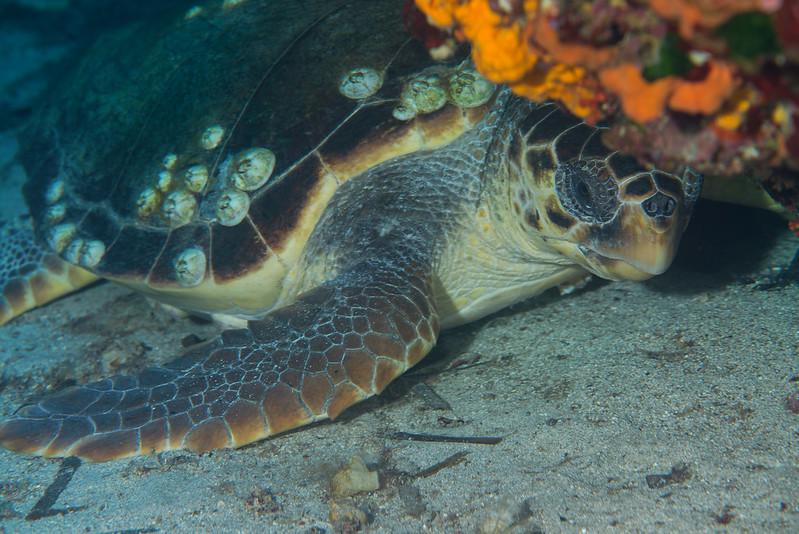A drop in the ocean: Only 2% of the EU’s seas are protected, warns WWF, as the 2030 deadline approaches.

A new WWF report reveals that the EU is significantly behind on its goal to protect at least 30% of marine areas by 2030, with only 2.04% of Marine Protected Areas (MPAs) currently having approved management plans. Despite growing pressure to halt ecological degradation, the progress made by member states remains insufficient and uncoordinated.
The report, titled “Protecting and Restoring Our Ocean: Europe’s Challenge to Meet the 2030 Targets,” is released just days before the announcement of the European Ocean Pact and the UN Ocean Conference in Nice.
Jacob Armstrong, Ocean Policy Officer at WWF, emphasized:
“The health of the ocean and the people who depend on it is under threat. The legal framework exists, but implementation is lacking. MPAs risk becoming just dots on a map with no real protection.”
Key findings of the report:
Lack of clear targets and measures: Many MPAs exist only on paper, while harmful activities continue within them.
Insufficient data reporting: Information from member states is fragmented and delayed, making effective policy development difficult.
Major national disparities: Belgium leads with 35.04% of MPAs having management plans, while Greece, Croatia, and Ireland report 0%. However, even in countries with higher coverage, management plans do not necessarily ensure effectiveness.
WWF stresses that the upcoming European Ocean Pact is a critical opportunity to shift toward meaningful action and calls on the EU and member states to ensure that MPAs:
Are strictly monitored and enforced
Eliminate harmful fishing practices
Promote ecological coherence
Align with relevant policies, such as the Marine Strategy Framework Directive, Marine Spatial Planning, and the Nature Restoration Regulation
Enhance transnational cooperation in national marine zones
Parallel publication on OECMs
WWF has also published a briefing note on Other Effective Area-based Conservation Measures (OECMs), urging governments to avoid blanket recognition of such areas. It calls for the creation of a European monitoring mechanism to track national commitments on OECMs and ensure their long-term effectiveness.
Additional information:
[1] Regarding the status of management plans per regional sea:
Baltic Sea: 10.36% of waters are covered by MPAs with management plans
Black Sea, Mediterranean, and North-East Atlantic: less than 6%
Note: The Baltic Sea area referenced in the report differs from the EU’s biogeographic region and HELCOM’s definition, as it includes parts of the Skagerrak within EU member states’ EEZs.
[2] All study data was extracted in August 2024, so current figures may differ.
[3] See for example:
Piante, C., Canu, D. M., Giakoumi, S., Sala, E., Claudet, J., & Coll, M. (2023). Europe’s marine protected areas: more paper parks than real protection. Frontiers in Environmental Science, 11, 1253932.
https://doi.org/10.3389/fenvs.2023.1253932
[4] Unlike MPAs, OECMs (Other Effective Area-Based Conservation Measures) are not formally designated but recognized. They are clearly defined areas where existing governance and management practices (such as fishing restrictions) have over time led to positive conservation outcomes.